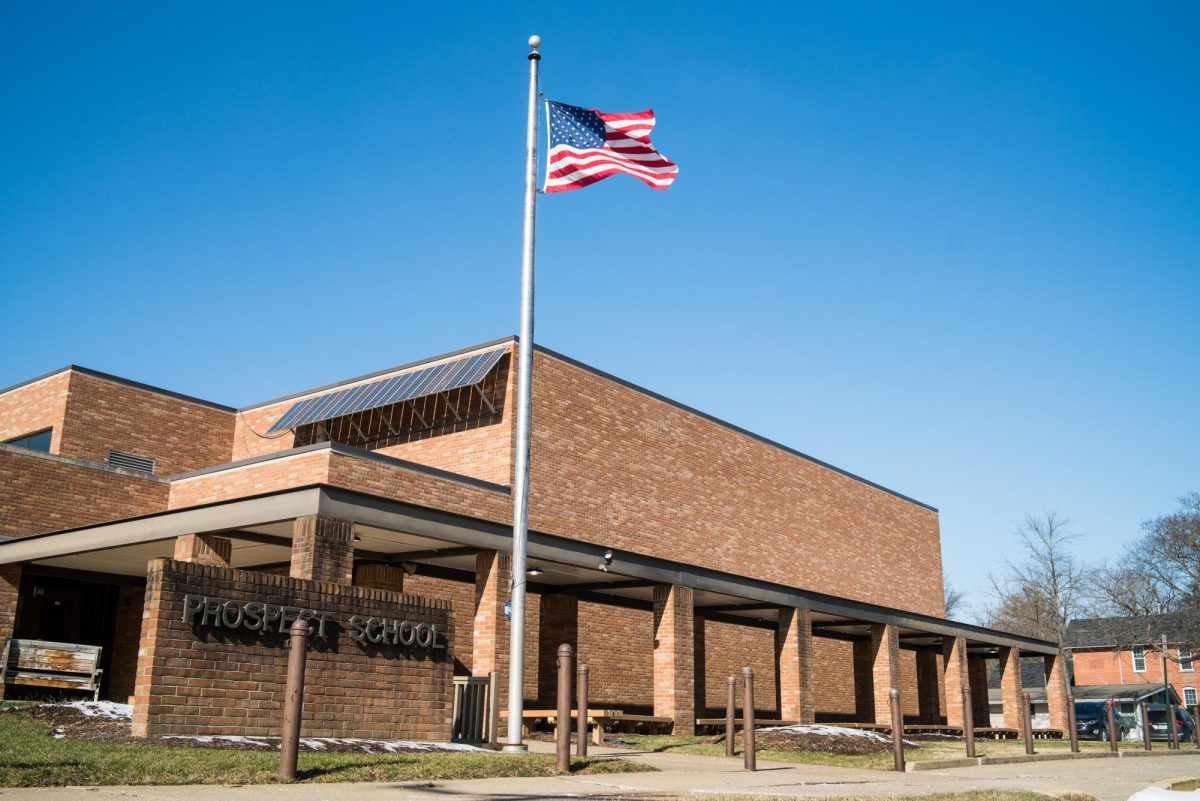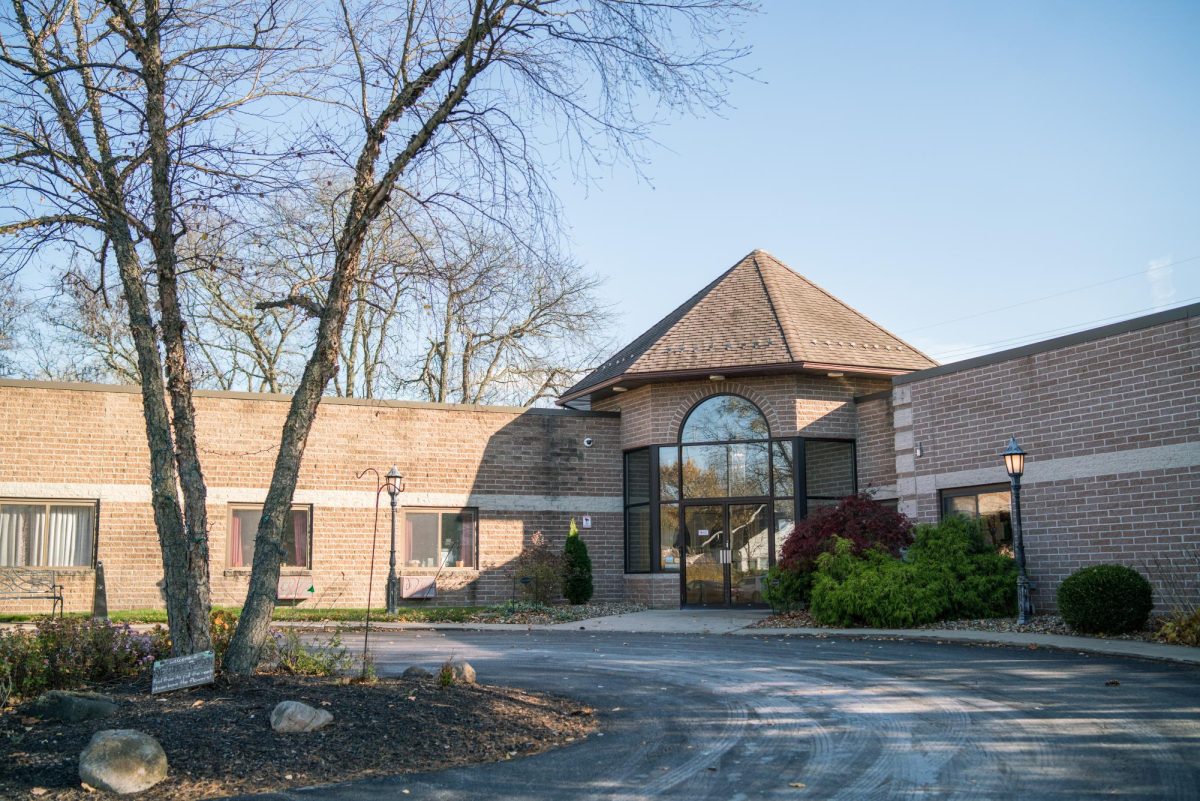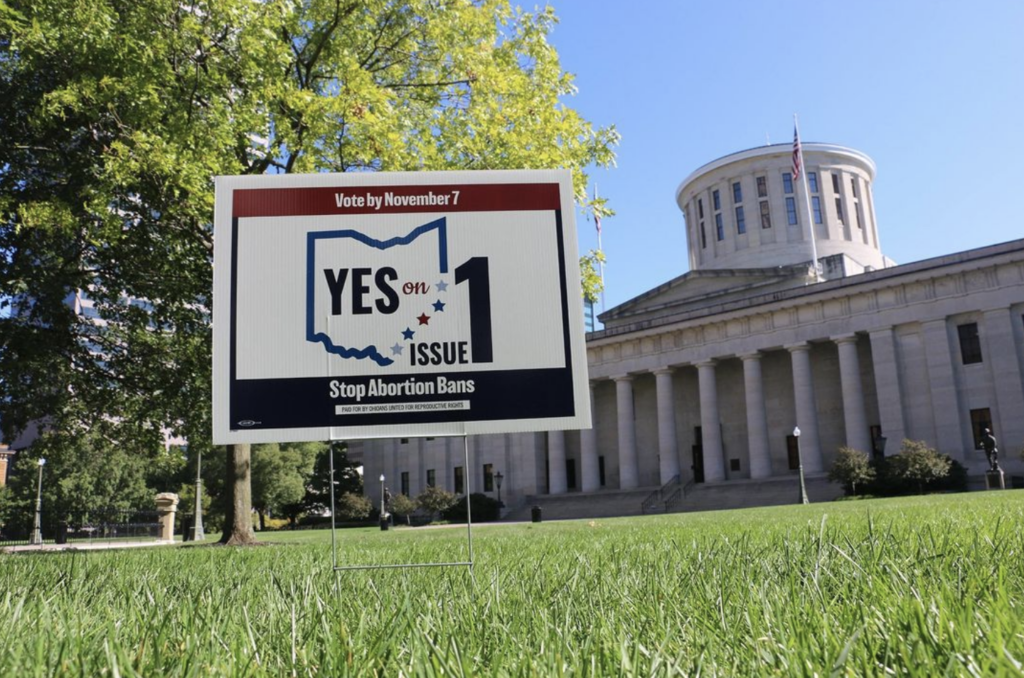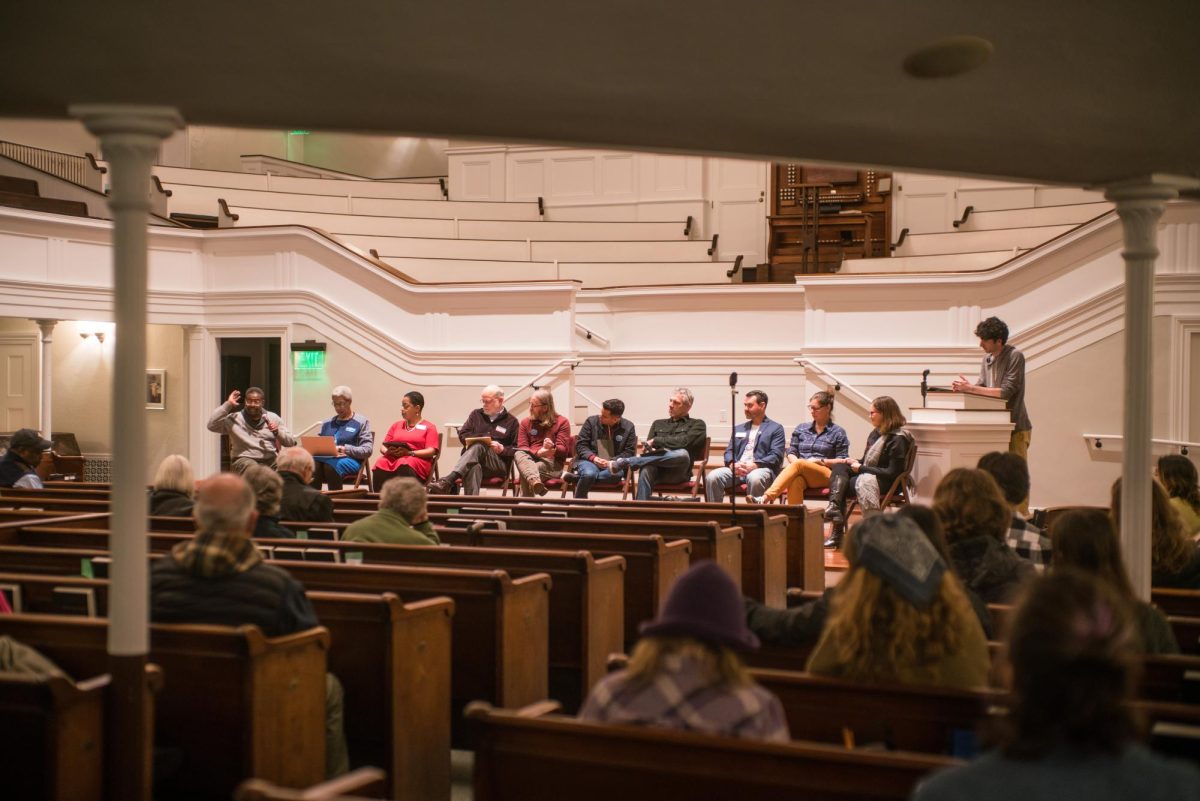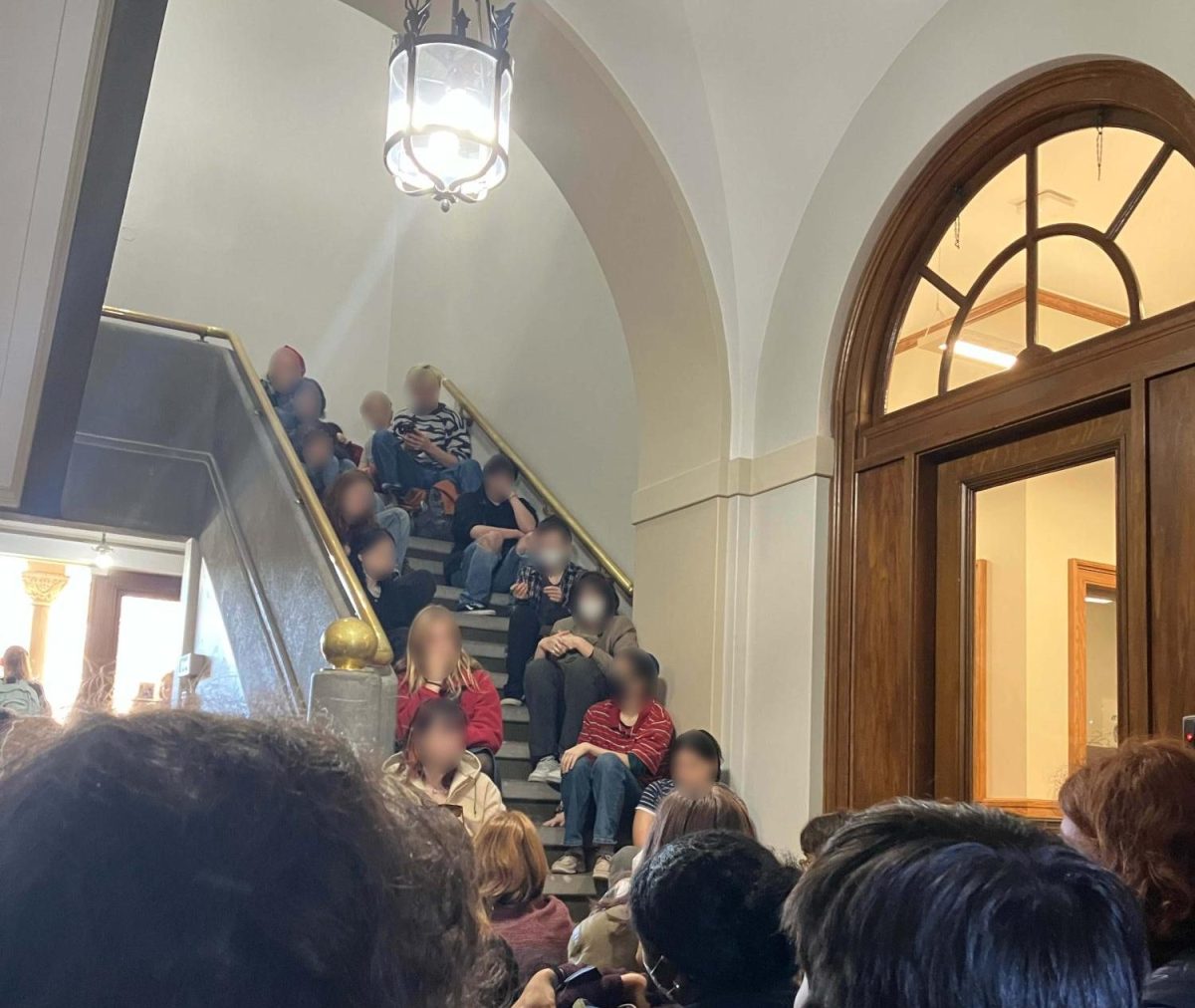PSA: In-person voting will occur Nov. 7. A valid Ohio I.D., U.S. Military or Department of Veterans Affairs I.D., or U.S. passport is necessary to cast your ballot. Make sure to plan when you are going to vote and research your polling location beforehand. The Review encourages all who are eligible to vote.
On Tuesday, Nov. 7, voters in Lorain County will decide on Issue 20. If passed, the ballot measure will expand the number of county commissioners from three to seven, and implement geographically-defined districts to replace seats elected by the entire county.
Traditionally, Lorain County has been governed by three countywide commissioners. 86 out of 88 of Ohio’s counties use this form of government. If passed, Issue 20 will create seven districts each with roughly 45,000 people, and represented by a single commissioner. The plan stipulates that the commissioners will make 60 percent of their current salary, or $56,000.
Proponents of Issue 20 say the plan will allow for greater representation in a diverse county and make it easier for citizens to run for commissioner. Critics contend that it will enable gerrymandering, increase government expenditures, and undermine the authority of countywide elected officials, including sheriff, prosecutor, treasurer, and auditor. Political action groups in support of and against the measure and current commissioners, political leaders, and labor unions have all taken stances.
The Lorain County Democratic Party and Lorain County AFL-CIO are opposing Issue 20. Lorain County Republican Chairman David Arredondo said that while the Lorain County GOP has not officially endorsed the ballot measure, he and other members of leadership are in support of the measure and are working to promote it. Despite the endorsements of party leaders, the debate over Issue 20 does not fall entirely down party lines. Democrat Brian Hoagland and Libertarian Homer Taft are leaders in the campaign to pass Issue 20, while Republican commissioner Michelle Hung opposes it.
“It is more participatory whereby the seven districts can have their own representative on this council,” Arredondo said. “Right now, there are only three that represent them at large. So historically, there’s no one from Oberlin that I’m aware of [who] was ever elected to the County Commission, nobody from Wellington, nobody from LaGrange. Mostly it’s been Lorain and the major cities that have dominated the County Commission.”
Amherst City Councilmember Martin Heberling, a Democrat who sits on the board of Citizens Opposed to Issue 20, believes that the seven district plan will decrease representation.
“Lorain County currently has three county commissioners who represent … every voter within Lorain County, so when you vote for your county commissioners here in Lorain County, your votes go to a person who’s going to be representing the entire county,” Heberling said. “If we were to reduce that … or increase the amount of commissioners to seven, … we’re going to be reducing the power of your vote of anyone who votes in Lorain County. You’re going to go from 100 percent representation down to 14 percent representation.”
The campaign to expand the Lorain County Commission has been active for years, but it has not managed to get any initiative on the ballot until now. Supporters of Issue 20 say that it is too difficult for ordinary people to campaign countywide, leading to a lack of candidates in recent elections.
A website sponsored by Citizens for Equal Representation, a political action committee in favor of Issue 20, says that the cost for running for commissioner countywide is $100,000, while the cost of running in one of the proposed seven districts is only predicted to be $25,000. The website also claims that a seven-district commission will benefit Lorain County by allowing for greater interaction between commissioners and citizens and for committees focused on specialized policy areas.
Issue 20 does not abolish or alter the role of countywide officials. However, some critics have expressed concerns that the increase in the number of commissioners and their staff could give them greater power to exert pressure on these elected positions, all of which are currently held by Democrats. The current sheriff, prosecutor, and auditor are all opposing the plan, as are organizations representing county officials, such as the Buckeye State Sheriffs’ Association, Ohio Clerk of Courts Association, and Ohio State Coroners Association.
“A good way to describe it would be more cooks in the kitchen; more people overseeing things rather than having a person of dedicated leadership under strict control, [who] knows exactly what’s expected and does well, and has proven themselves well,” Heberling said.
Arredondo dismissed these concerns as conjecture, pointing out that Issue 20 does not change the official role of the Commission.
“There are possible actions that the Commission could take, but it’s ultimately going to be the seven commissioners who decide on whether in fact they’re going to proceed with any kind of changes to county offices, like the auditor’s office or the sheriff’s office,” he said. “So there’s no guarantee that any changes would be made to any other office. And that’s no different than it is now with three commissioners.”
A seven-district map has been approved by the current County Commission and will be used if Issue 20 passes. The map was proposed to the Commission by Citizens for Equal Representation, and drawn by Mark Salling, senior fellow and research associate in the Maxine Goodman Levin School of Urban Affairs at Cleveland State University, and Consultant Robert Dykes of Triad Research Group. According to Citizens for Equal Representation’s website, the political action committee gave no guidelines to Salling and Dykes except to create a minority-majority district and avoid splitting city wards. Still, many Democrats contend that the map favors Republicans.
“The districts are based on population, but the way that they drew the lines would ensure that four out of those seven districts would always be reliably Republican-led districts,” Lili Sandler, founder of Lorain County Rising and a member of the executive committee of the Lorain County Democratic Party said. “As far as the Democratic Party is concerned, this is unfair. [The map] draws lines right through cities. It doesn’t even try to keep communities together. It puts the city of Oberlin in the middle of an exceptionally rural district.”
The map would place the City of Oberlin within District 2 with New Russia Township, LaGrange, Wellington, and much of southern Lorain County. Some residents of Oberlin are concerned that, as a heavily Democratic city within a predominantly rural and conservative district, their voices will not be heard.
“Though Oberlin is an overwhelmingly Democratic city, our representative commissioner would not likely ever be a Democrat based on how the proposed maps are drawn,” Oberlin resident Katie Ashwill wrote in an email to the Review. “Currently, if there is a problem with a commissioner, all of Lorain County can address it. If Issue 20 passes, and there is a problem with a commissioner in the new District 2, for example — where Oberlin will be, we likely won’t have power to address it unless the rest of the district agrees. Further, if there is a problem with a commissioner in the proposed District 3, for example, that commissioner is only accountable to the people in that district, and therefore citizens across the rest of the county can’t do anything about it.”
Citizens of Lorain County will vote on Issue 20 on Tuesday. The next County Commissioner election is scheduled to be held in 2024.


